Although streaming has subtly changed how families spend their evenings, how celebrities interact with their fans, and how culture spreads, its future now largely depends on broadband capacity. Every Fortnite match, YouTube live performance, and binge-watch session is more than just entertainment; they are a stress test of digital infrastructure. The conflict between our desire for streaming and broadband capacity is eerily reminiscent of how highways used to suffer from the burden of widespread automobile ownership.
Television has shifted from its scheduled origins to an on-demand reality due to the remarkable acceleration of broadband consumption brought about by the rise of Netflix, Disney+, and YouTube. According to Deloitte, the biggest household bandwidth user is streaming video, with HD requiring 5 Mbps and 4K requiring 25 Mbps or more. When several streams, smart TVs, and cloud gaming sessions compete at the same time, families who initially believed that a 100 Mbps plan would be very efficient soon learn that it is not.
| Category | Details |
|---|---|
| Data Usage | HD ~3GB per hour, 4K up to 7GB per hour, gaming and live events even higher |
| Device Overlap | Families often stream on multiple devices simultaneously, competing for bandwidth |
| Minimum Speeds | 25 Mbps for smooth HD, 100 Mbps+ for heavy 4K and gaming households |
| Main Challenges | Buffering, data caps, peak-hour congestion, rural access gaps, high plan costs |
| Tech Influence | Fiber rollout, 5G expansion, adaptive streaming, AI-driven personalization |
| Cultural Shift | Cord-cutting accelerates reliance on streaming for TV, music, live sports, gaming |
| Economic Divide | Premium high-speed broadband remains expensive, limiting universal access |
| Future Growth | Cloud gaming, VR streaming, AR experiences, higher compression codecs |
| Industry Impact | Platforms compete not only on content but on broadband readiness |
This change has also established a direct link between broadband readiness and celebrity influence. More than any political event, Taylor Swift’s concert film premiere on Disney+ put networks to the test, causing broadband spikes across North America. Within minutes, Cristiano Ronaldo’s live-streamed highlights became a global sensation, causing bandwidth spikes that cable TV could never match. The instantaneous and uninterrupted delivery of broadband has become entwined with fame itself.
The real-world experience frequently reveals a different picture for households. Buffering continues to be the uninvited antagonist, frustrating viewers by interrupting emotionally charged moments. When neighbors stream during peak hours, 4K can quickly become grainy SD. Even one HD stream can seem like a luxury to rural communities that are still dependent on outdated infrastructure. In many respects, the ability to access the internet has turned into a social barrier that separates those who can participate in culture without interruption from those who are left waiting for the loading bar.
This divide is further widened by the economic factor. Premium streaming quality is positioned as a luxury tier rather than a universal standard, with faster speeds typically resulting in higher monthly costs. Forbes has hailed AI-driven recommendations as especially inventive, but only if the video itself plays smoothly. Personalization feels meaningless without sufficient broadband, like a well-made suit that is delivered without a button.
With the help of adaptive bitrate streaming, which dynamically reduces resolution to guarantee playback continues, streaming platforms have become remarkably flexible in terms of technology. However, even this solution has its limitations; high-definition clarity cannot be magically delivered by a slow pipeline. Although Deloitte’s forecasts that households might reach a plateau at 100 Mbps appear cautiously optimistic, new demands such as virtual reality and cloud gaming may necessitate much faster connections right away. In tech-savvy households, Xbox Cloud Gaming alone may demand 25–45 Mbps per user, which can quickly add up.
The earlier cultural transition from radio to television is reflected in this development. Families used to gather around a single glowing screen, but now they disperse among several gadgets, vying for bandwidth like bees do for scarce nectar. As live sports, reality shows, and scripted dramas are increasingly viewed through streaming clicks rather than broadcast, NBN’s earlier prediction that broadband would redefine television has come to pass. Streaming’s chaotic democracy has largely supplanted cable’s dominance.
The stakes are very clear to the entertainment industry. In addition to purchasing rights, Netflix, Disney, and Amazon are influencing telecoms and governments to expand 5G and deploy fiber more widely. When Reed Hastings, the founder of Netflix, stated that “bandwidth is more important than Hollywood,” it seemed controversial, but looking back, it was a very successful prediction. The future of storytelling now involves not only actors and scripts, but also the unseen cables that carry them.
The reliance of streaming on broadband is a problem for society as well as the industry. Streaming was more than just a distraction during the pandemic; it was a means of social interaction, education, exercise, and religious service. Strong broadband users remained connected, while those without lagged behind. Broadband is becoming more than just a consumer convenience as telehealth and remote education grow; it is now essential for equality and opportunity.
Some of these pressures might be lessened with the aid of emerging technologies. Significantly higher compression efficiency is promised by the H.265 codec, which will lower bandwidth requirements without sacrificing quality. In underserved areas, 5G deployment offers more efficient options, and fiber expansion has the potential to significantly improve reliability. However, adoption is still uneven, necessitating immediate group investment.
In a sense, celebrities serve as the change’s ambassadors. Perfect delivery is essential to Will Smith’s online endeavors, MrBeast’s YouTube supremacy, and Beyoncé’s collaboration with Disney+. In a highly competitive attention economy, a buffering experience is more than just an annoyance; it puts your brand at risk of harm. As a result, broadband is now cultural currency rather than invisible infrastructure.
Therefore, the question is not if streaming will take over—it already does—but rather if society is ready for the infrastructure that it will need. Governments need to decide to invest in broadband with the same fervor they used to invest in electrification. Telecom companies need to change their emphasis from speed marketing to affordability and dependability. Platforms need to advocate for fair access in addition to library expansion. Additionally, households need to understand how their streaming behaviors fit into a broader digital ecosystem that defines how people participate in contemporary culture.
